|
Most folks don't associate Sea Gulls with tropical habitats. The nutrient poor waters of most equatorial environments simply don't produce enough nutrients & biomass to support these heavy bodied sea birds. Thus, Palau lacks breeding populations of the Sea Gulls, found on the temperate shores of Australasia. That being said, Palau is still lucky enough to receive a small flock of Black Headed Gulls during our winter months. Escaping the frigid temperatures of Northern Asia, these majestic sea birds endure the long-distance flight across perilous stretches of Ocean to reach our Pacific paradise. As the Gulls have been habituated to fishing boats, they can be most commonly encountered around the islands Malakal and Peleliu. The scientific name for the Black Headed Gull is Chroicocephalus ridibundus. The genus name is a Greek translation of khroizo, which means "to colour", and kephale, "head". This is in reference to the fact that the breeding plumage produces an attractive Black Cap on the head. The species name ridibundus is a Latin translation of ridere, which means "laughing." The gulls are normally quiet when approached, but will make a wonderful laughing call when the mood strikes them. These foreign visitors have flown a long way to share our waters, so let's remember to treat them with kindness and respect. We're very lucky to have these beautiful additions to our seasonal biodiversity. By: Ron Leidich
0 Comments
The Coconut Crab (Birgus latro) is the world's largest terrestrial invertebrate. Weighing in at a staggering 9lbs, this land loving Arthropod is essentially a hermit crab on steroids. Like their smaller cousins, they emerge from the sea after a larval stage and immediately seek the protection of Mollusk shells. Over time, the Coconut Crabs abdomen thickens, allowing them to ditch the borrowed shell and move about on their eight legs. They evolved on the isolated islands of the Pacific and Indian Oceans, largely free of terrestrial predators and competitors. Having evolved Branchiostegal Lungs, the coconut crabs are free to move about on land, having largely severed their ties with the sea. In fact, if these massive Crustaceans are immersed in water for too long, they can drown. Even mating occurs on dry land. Ultimately the females return to the edge of the sea to release their eggs, hoping to have them dispersed with the tides and currents. The adult crabs have a rapacious appetite and will consume everything from fruit to sea birds. They've been known to sneak into the nest of Frigate Birds & Boobies at night and subdue their prey, earning them the knick name "Robber Crabs." True to their vernacular, they're also able to husk and consume coconuts. When needed they can even climb to the top of the palms to dislodge their meal, before shredding the husk to get to the nutritious meat. Once fully matured, the Coconut Crabs are virtually immune to predation, save for a few exceptions. The salt water crocodile, even on land, remains a formidable predator and can easily consume coconut crabs. Historically, the greatest menace to the coconut crab was the fully terrestrial crocodilian, Mekosuchus. These bizarre reptiles ranged from Australia to Vanuatu and New Caledonia and only disappeared recently with the arrival of man. Mekosuchus could even climb trees in pursuit of their prey! The biggest threat to Coconut Crab health and happiness today is human predation. Considered a delicacy throughout their range, the giant Crustaceans have been extirpated on many of the more populated islands of Oceania. Fortunately, in Palau, there are hundreds of uninhabited limestone islands, where the crabs can enjoy a free and easy lifestyle. By: Ron Leidich
|
Categories |
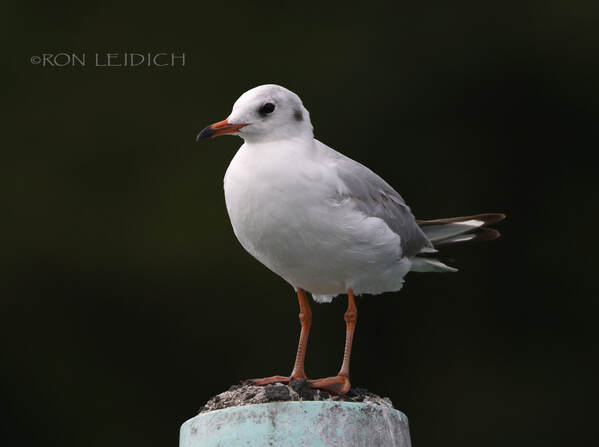
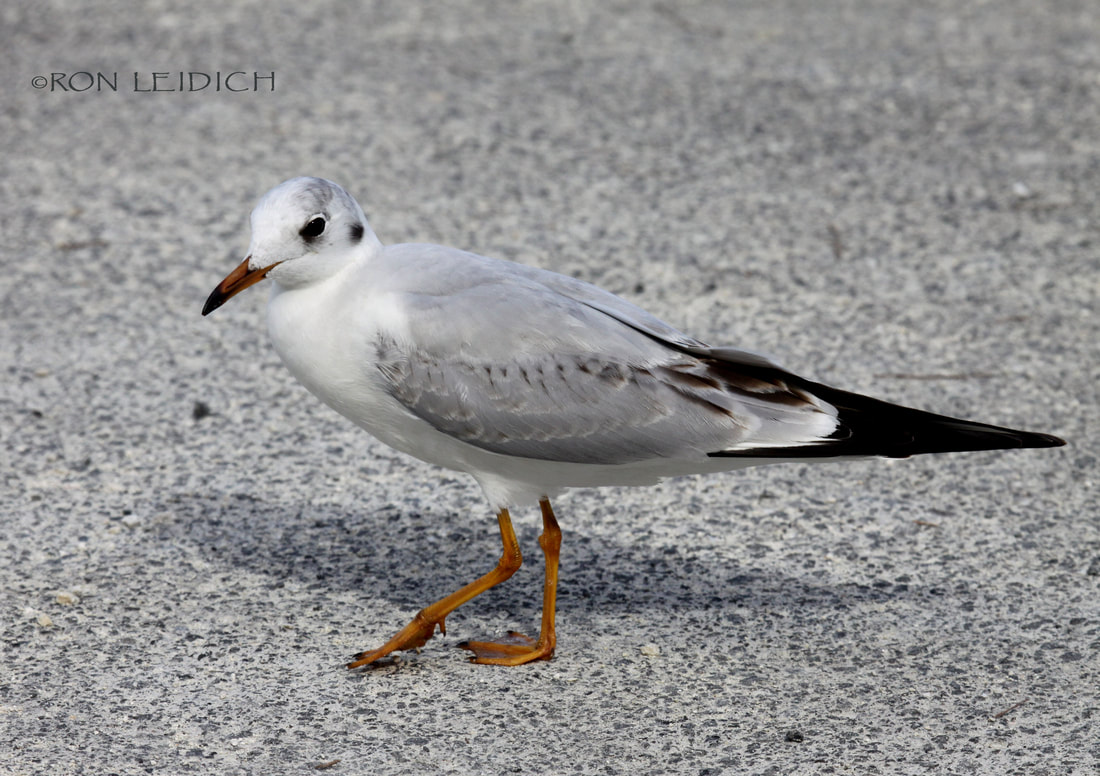
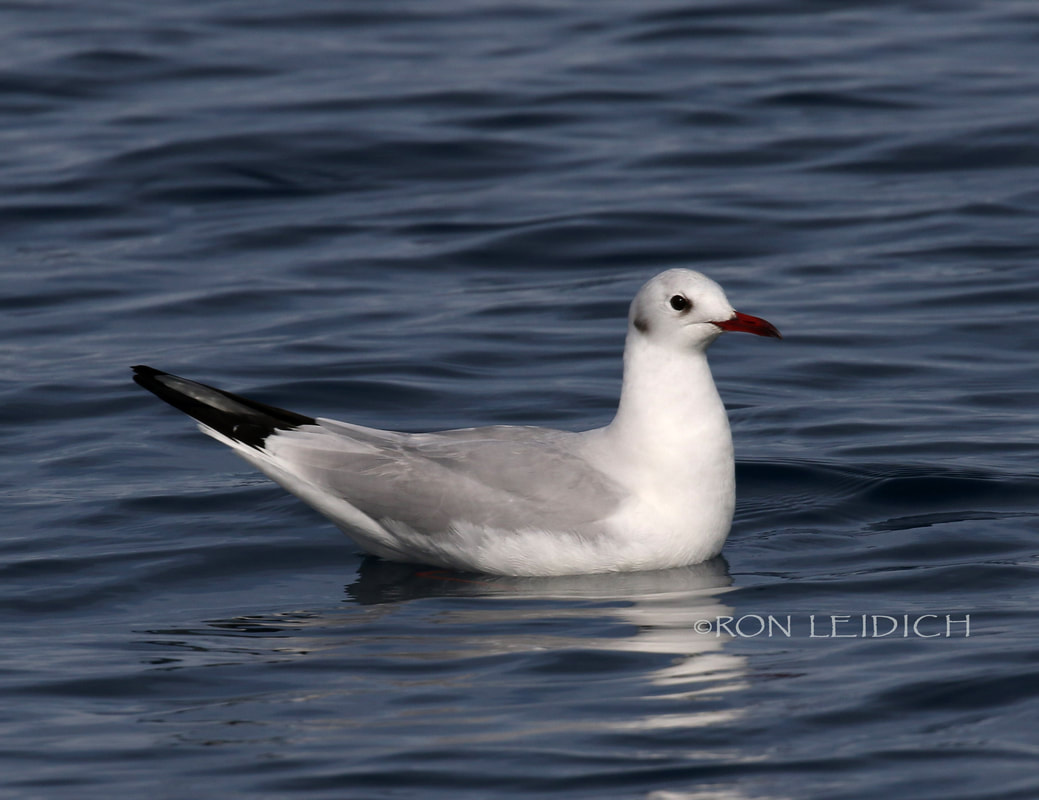
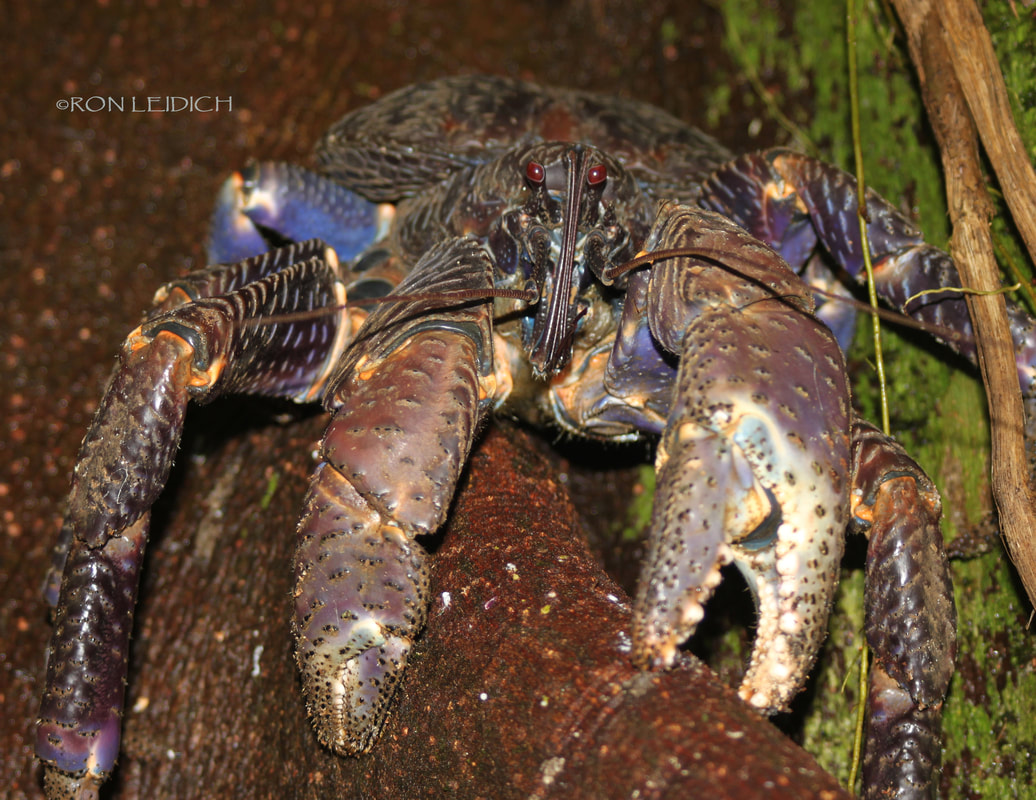
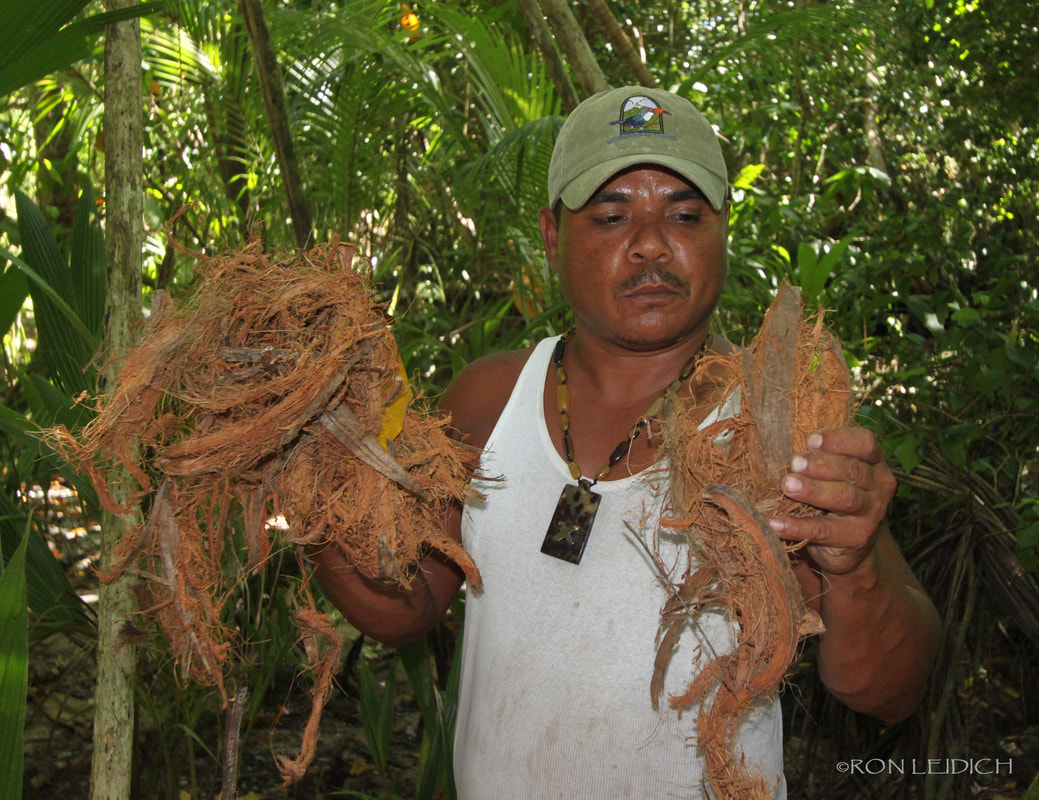
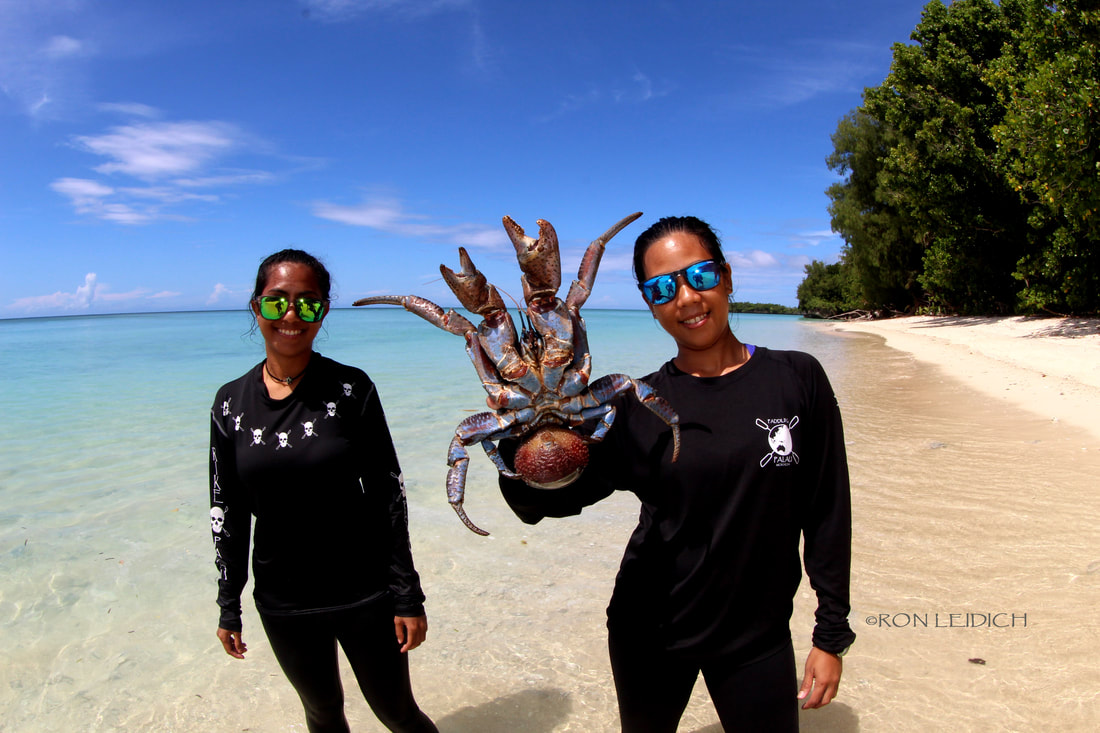
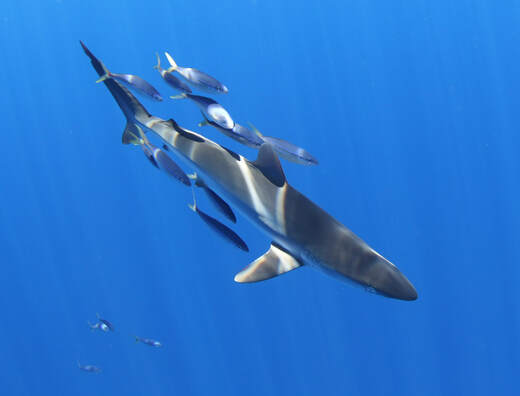
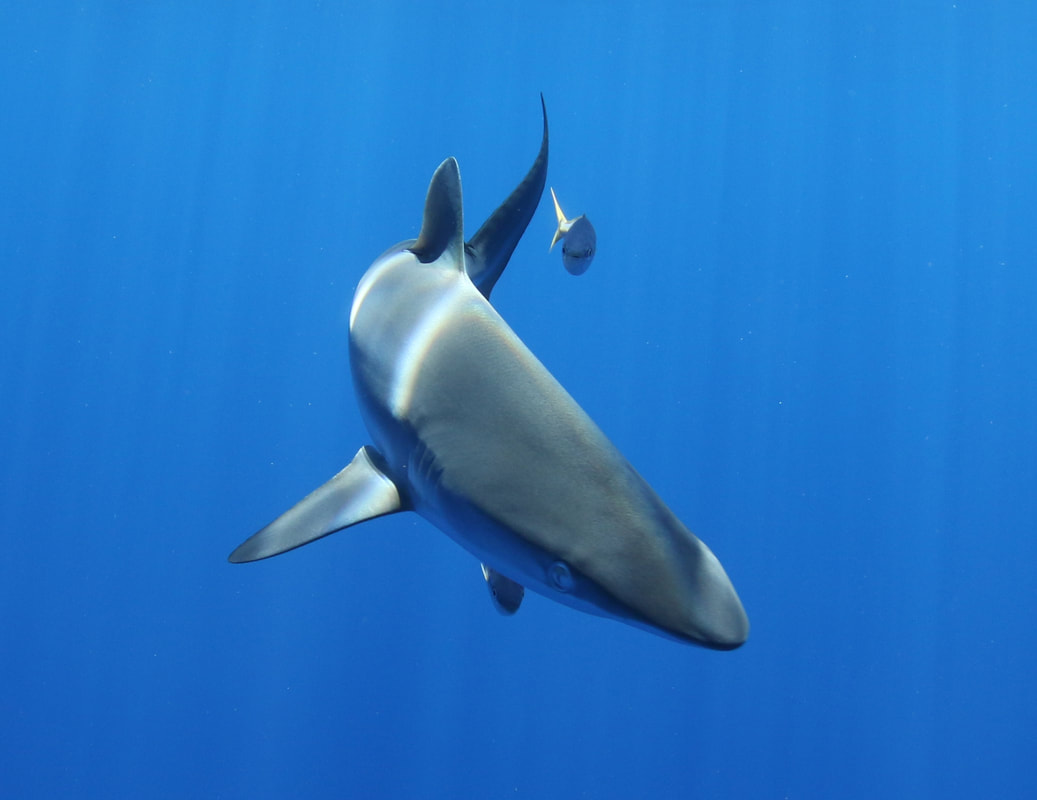
 RSS Feed
RSS Feed